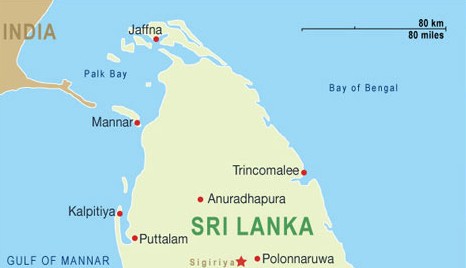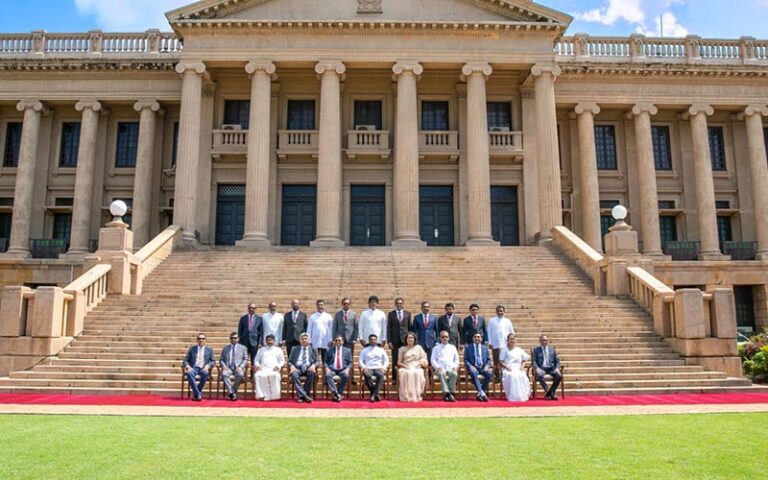 Central Bank Governor Ajith Nivard Cabraal today said the country has passed a sharp bend and recovered from the global economic melt down in its journey to the progress and predicted the future of Sri Lanka would be bright.
Central Bank Governor Ajith Nivard Cabraal today said the country has passed a sharp bend and recovered from the global economic melt down in its journey to the progress and predicted the future of Sri Lanka would be bright.
Making the presentation “Road Map 2013 and Beyond’ at the Central Bank auditorium, Mr. Cabraal stressed that Sri Lanka has envisaged reaching a US$ 100 billion economy by 2016 and the banks and non banking financial institutions (NBFI) would have to play a critical role.
“If Sri Lanka is successful over the next three years, the country would surely be the next “Break-out Nation” and the ‘Wonder of Asia,” Mr. Cabraal said.
Mr. Cabraal pointed out that the year 2012 was an extraordinary year. The external and domestic challenges prompted the Central Bank to adopt strong measures to stabilize the economy making way to realize the country’s ambitious targets of reaching the GDP of US$ 4,000 by 2016, attracting 2.5 million tourists by 2020 and reaching making a US$ 100 billion economy.
“These measures resulted in swift responses allowing the Bank to relax the policy stance before the end of the year. Today, the Central Bank is in a position to move along a more stable and sustainable path to achieve its mission of maintaining economic and price stability and financial system stability to support sustainable and inclusive growth,” he said.
“In this regard the Central Bank will review and amend the regulatory framework to facilitate the business models of banks and NBFIs. Encourage the adoption of policies for diversification of business and income, through fee-based services. Encourage consolidation in the banking and the NBFI sectors, strengthen the regulatory regime, while encouraging diversification of sources of funding and business operations mainly through foreign sources,” he emphasized.
Issue of new licenses for NBFIs would be stopped for the next two years with greater focus being given to the rehabilitation processes of weak companies. In the NBFI sector new prudential directions and guidelines would be formulated, the adequacy and effectiveness of the corporate governance direction would be reviewed, he said.
“Investigation processes on unauthorized finance businesses will be expedited and regulatory and supervisory mechanism for microfinance institutions, finance companies and leasing companies will be introduced, Mr. Cabraal noted.
He said that the EPF, with assets of Rs. 1.15 trillion would implement innovative fund management strategies to maximize returns in the projected low interest rate regime, while enhancing the efficiency of member services.
“With fiscal consolidation and the expected further decline in inflation, market interest rates are expected to decline in future, thereby providing a challenging environment for the EPF to generate high returns in the medium to long term.”
“Accordingly, the EPF will systematically continue its investment portfolio diversification policy, to provide better returns to its members. Such diversification strategy will cover: equity investments that would provide for long term growth and income, while private equity investments that would yield higher long term returns, and investments in debt securities such as corporate debentures, trust certificates and commercial paper that will provide higher annual incomes. Through such investments, the EPF will strive to provide a return that is approximately 2% higher than inflation, on a consistent basis,” he added.
In order to further increase the efficiency of the EPF, it will make it compulsory for employers who have more than 50 employees to send e-returns, which will enable the update of member accounts instantly. Nearly 80% of 2.3 million members will be covered by this scheme. (Sandun A. Jayasekera)
Source: Daily Mirror (Sri Lanka)




